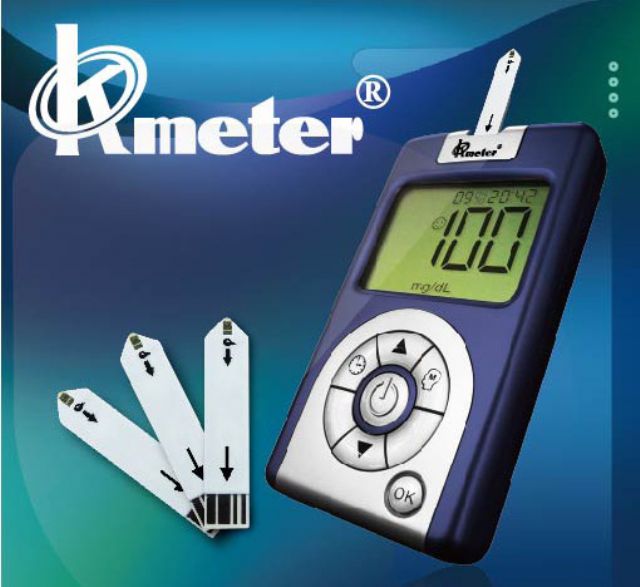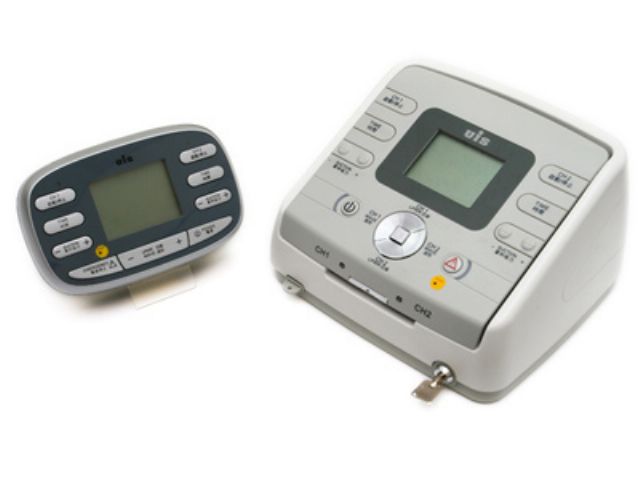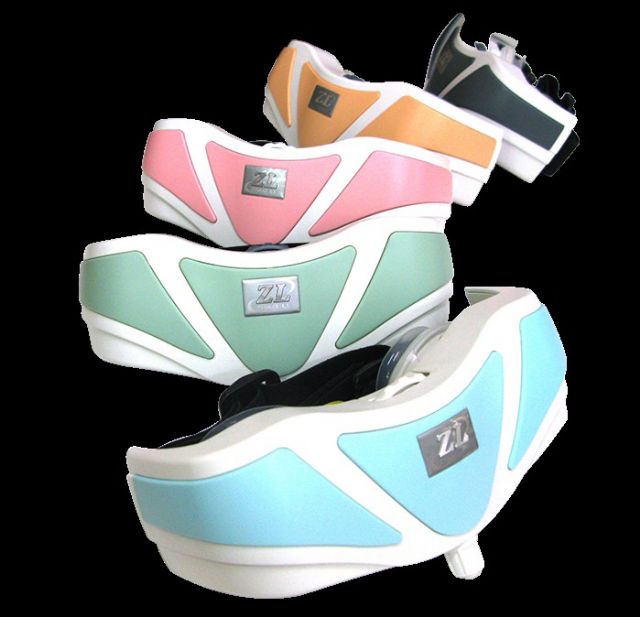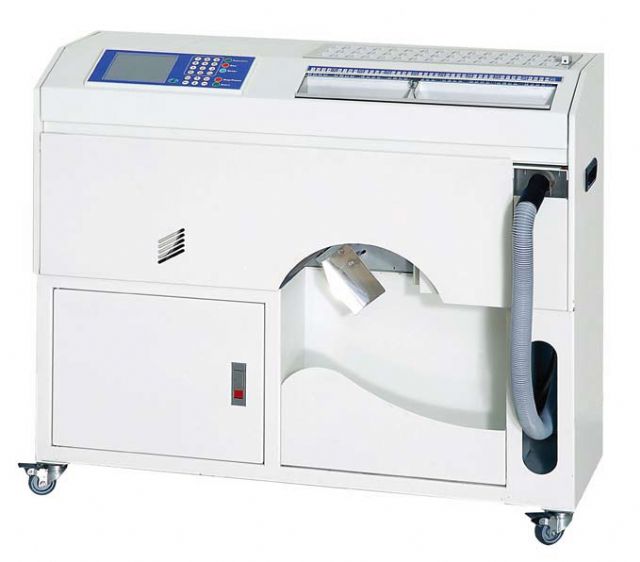Government, Private Sector Strive to Develop Taiwan's Healthcare Industry
2014/06/05 | By Steve ChuangHealthcare is a growing concern worldwide, due partly to the graying of populations everywhere, motivating developed countries to foster the development of health-related sectors. Taiwan is no exception to this trend, and the island's government and private enterprises are engaged in a coordinated effort to boost this potential engine of economic growth.
On the government side, the Ministry of Economic Affairs (MOEA) has mapped out a healthcare industry development project aimed at strengthening cross-industry cooperation and sharpening the healthcare industry's overall competitiveness, helping related companies to explore both the domestic and overseas markets, and promoting healthy lifestyles.

The MOEA points out that the project is designed to develop the healthcare industry in four main aspects: healthcare management, safe and healthy food, exercise and physical fitness, and mental health.
The government hopes that its project will bring about more benchmarking partnerships between large and small companies while inspiring insiders to integrate virtual and physical distribution and build duplicable, innovative, and systematic business models through technology.
To make sure the project will produce its expected benefits, the MOEA has directed the Bureau of Industrial Development to organize a a cross-industry professional working group to provide consultancy to enterprises in developing the healthcare business. Incentives and other means are to be used to encourage cooperation between healthcare companies and venture capital firms.

A couple of domestic firms with well-established brands have already become involved in the project, working on the development of customized healthcare services using ICT (information and communications technology) applications and the establishment of a cross-industry platform to sustain the sector's development and strengthen brand awareness. The companies hope that this will further boost their brand images and facilitate their exploration of overseas markets, particularly in emerging countries, stress MOEA officials. The amount of investment involved is projected to exceed NT$1 billion (US$333.33 million).
Electronics Makers Join Healthcare Industry
Given that healthcare (together with the manufacturing of medical devices) is an emerging industry that offers attractively high profit margins, more and more Taiwanese electronics manufacturers are looking into the field and working to develop related products.
For instance, AU Optronics Corp. (AUO) and Innolux Corp., Taiwan's top 2 display panel makers by size, both have aggressively ventured into the production of medical imaging displays--which generate higher profits than conventional displays.
According to NPD DisplaySearch, a global market research firm, the market demand for medical imaging displays, including desktop clinic-review displays, diagnostic monitors, and surgical displays, has shown constantly strong growth over the past few years, fueled partly by technological advancements that allow more precise and complicated diagnosis through the higher definition images shown on larger-screen monitors and partly by aging baby boomers.
NPD DisplaySearch predicts that overall revenue generated by surgical displays and desktop clinic-review monitors will post a compound annual growth rate of 9% during 2013-2017, while that from diagnostic monitors will rise at a 5% rate.

The two Taiwanese display makers mentioned above intend to take advantage of the opportunities offered by this growth. Innolux currently commands a 50% share of the global market for 21.3- and 30-inch panels for black and white medical imaging displays, and a 10% share for 12.1-, 15.6-, and 18.5-inch models for color displays.
To boost the contribution of medical display applications to total revenue to 5%, up from 3% now, Innolux has launched several cutting-edge panels for high-end medical imaging displays, including a 21.3-inch, 5-megapixel, high-brightness and high-contrast model, and a 30-inch 6-megapixel model for X-ray imaging.
AUO has worked with customers in the joint development of a digital radiography flat panel detector, which is likely to be launched this year, along with display panels for physical examination and diagnosis, which are to be launched next year.
AUO's parent BenQ Group, an electronic and PC conglomerate with an annual turnover of over US$20 billion, has several subsidiaries dedicated to healthcare and related businesses.These include the BenQ Materials Corp. (medical instruments), BenQ Medical Technology Corp (medical supplies and contact lenses), and BenQ Corp., the flagship company.
Rise of NB PC Contract Makers
Notebook PC contract manufacturers which have managed to survive the market transitions in the post-PC era have also branched out into the medical device business, becoming a rising force in Taiwan's healthcare industry.

Among these companies, Inventec Corp. has begun the contract manufacturing for a new customer of blood pressure gauges and body fat analyzers through its subsidiary, Inventec Appliances Corp. The firm is considering promoting such products in the Taiwanese market, either under its own brand or through distributors for international brands, in the second half of this year.
Another indication of Inventec's determination to develop the global market for healthcare devices is the approval by its board of directors of an amendment to its charter, allowing for expansion of the company's business scope to include the distribution and retail sale of medical devices.
Despite the gradual shrinkage of its PC contract manufacturing business, Inventec emphasized earlier that its prospects remains bright this year, particularly in the field of smart handsets and smart home equipment. The company predicted that this year's shipments of such products will rise 12-14% to 40-45 million units, up from 30 million units last year.
Wistron Corp., too, has decided to expand into the healthcare business. At last year's shareholders' meeting the firm's chairman, Simon Lin, revealed that the firm would set up a medical business division with the aim of penetrating the non-invasive medical device segment. The new division has not yet been established, but Wistron took the first step toward the new business by gaining GMP certification of its headquarters and a factory early this year.
Also, Pegatron Corp. has invested in the establishment of its own brand, Pegavision, for its contact lenses. The company posted banner profits last year.
The Bureau of Industrial Development estimates that the output of Taiwan's healthcare industry was about NT$104.4 billion (US$3.48 billion) last year, 22% of which was generated by healthcare services and the remainder by medical equipment. Fueled by the government's industrial development policy and by more newcomers in the field, the industry's overall output is forecast to grow at a compound annual growth rate of 12.3% in the years ahead to reach NT$246.7 billion (US$8.233 billion) in 2020. (SC)




